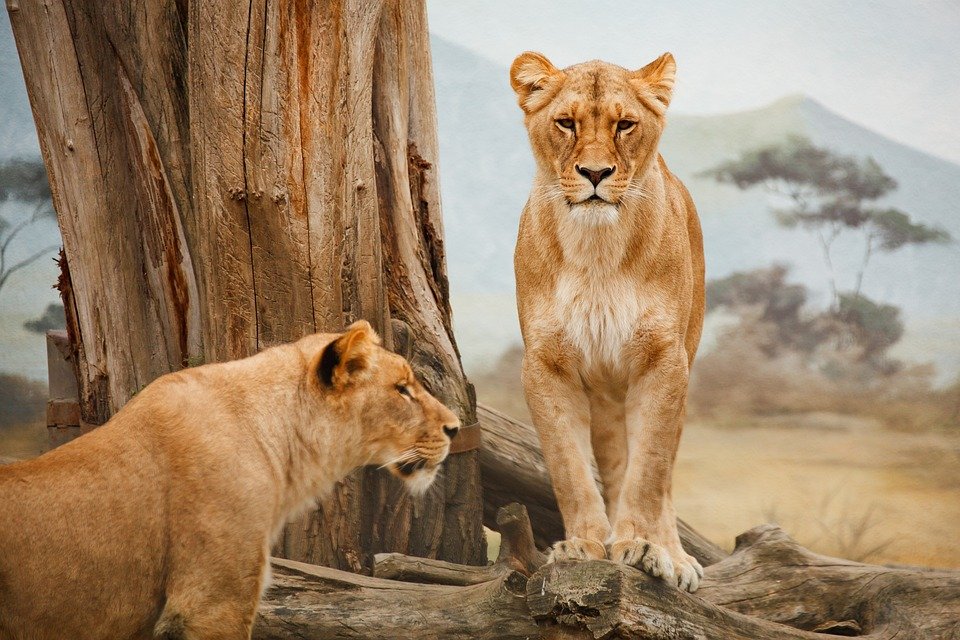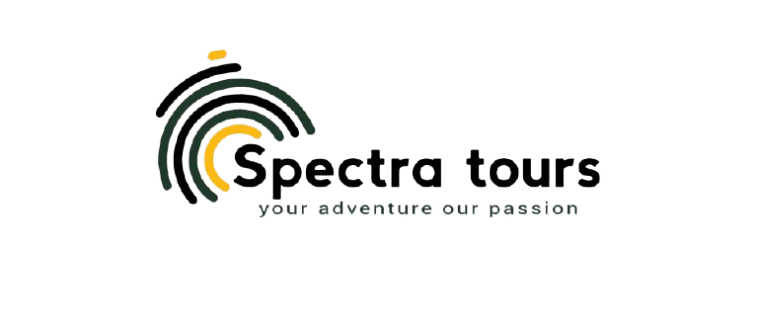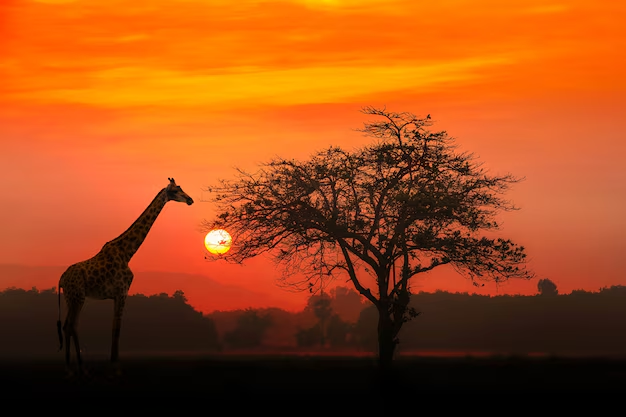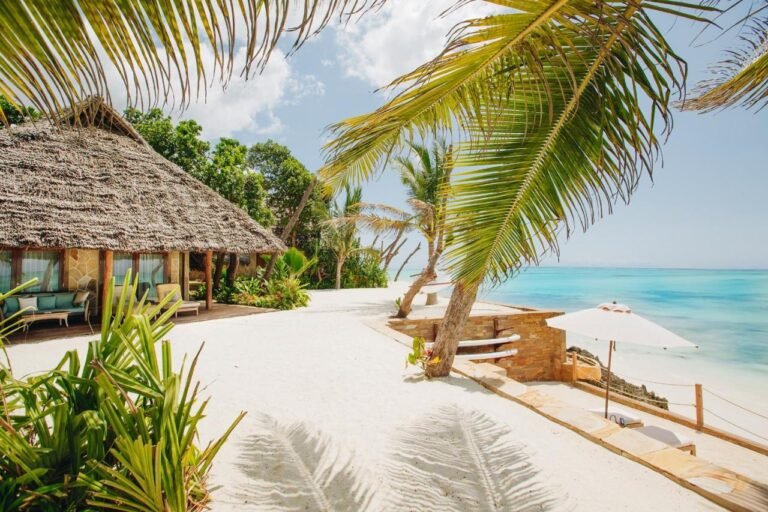
Serengeti vs Ngorongoro: Which Tanzania Safari Destination is Right for You?
Serengeti vs Ngorongoro Crater: Which Tanzania Safari Destination to Choose
Choosing between Serengeti National Park and Ngorongoro Crater ranks among the most common dilemmas facing Tanzania safari planners. Both destinations offer world-class wildlife viewing, but each provides distinct experiences. As local safari experts, we’ll help you understand which destination aligns with your safari dreams.
Serengeti National Park Overview
Size and Scale: The Serengeti spans 14,750 square kilometers of endless plains, making it larger than Connecticut. This vast wilderness provides the classic African safari experience with horizons stretching beyond sight.
Wildlife Highlights:
- Home to the Great Migration (2 million animals)
- Africa’s largest lion population (3,000 lions)
- Year-round excellent wildlife viewing
- Big 5 encounters throughout the park
- Over 500 bird species
Unique Experiences:
- Witnessing the Great Migration
- Hot air balloon safaris at sunrise
- Remote bush camping experiences
- Multiple ecosystem exploration
- Predator-prey interactions
Ngorongoro Crater Overview
Size and Scale: The Ngorongoro Crater measures 260 square kilometers within a 600-meter deep caldera, creating the world’s largest intact volcanic crater.
Wildlife Highlights:
- Highest wildlife density in Africa (25,000 animals)
- Excellent Big 5 viewing opportunities
- Endangered black rhino sanctuary
- Permanent water sources attract wildlife year-round
- Pink flamingo populations at soda lakes
Unique Experiences:
- Descending into the “Garden of Eden”
- Guaranteed Big 5 sightings
- Maasai cultural interactions
- Geological wonder exploration
- Photography with dramatic crater walls
Wildlife Viewing Comparison
Serengeti Advantages:
- Great Migration spectacle
- Larger predator populations
- More diverse ecosystems
- Less crowded wildlife sightings
- Better for extended game drives
Ngorongoro Advantages:
- Higher wildlife concentration
- Better rhino viewing opportunities
- Guaranteed Big 5 encounters
- Compact area for efficient viewing
- Stunning photographic backdrops
Seasonal Considerations
Serengeti Seasons:
- January-March: Southern plains calving season
- April-May: Transition period, fewer crowds
- June-August: Western Corridor, river crossings
- September-October: Northern Serengeti, Mara River
- November-December: Southern migration return
Ngorongoro Seasons:
- Dry season (June-October): Best overall viewing
- Wet season (November-May): Lush landscapes, birding
- Year-round consistency: Weather affects experience less
- Flamingo populations vary by rainfall
- Maasai cultural activities seasonal
Cost Comparison
Serengeti Costs:
- Park fees: $70 per person per day
- Accommodation: $200-1,500+ per night
- Longer stays typically required
- Transportation costs higher due to size
- Balloon safaris: $550 per person
Ngorongoro Costs:
- Crater fees: $70 per person per day
- Accommodation: $300-2,000+ per night
- Single day visits possible
- Vehicle crater fees additional
- Less fuel consumption due to compact size
Accommodation Options
Serengeti Lodging:
- Luxury permanent lodges
- Mobile tented camps
- Budget camping options
- Remote bush camping
- Seasonal migration camps
Ngorongoro Lodging:
- Crater rim luxury lodges
- Karatu town accommodations
- Crater floor camping (limited)
- Maasai cultural lodges
- Conservation area campsites
Photography Opportunities
Serengeti Photography:
- Great Migration drama
- Endless plains landscapes
- Golden hour wildlife portraits
- Predator action sequences
- Hot air balloon perspectives
Ngorongoro Photography:
- Dramatic crater wall backdrops
- High wildlife concentration shots
- Black rhino photography
- Flamingo flocks at lakes
- Cultural interaction images
Accessibility and Logistics
Serengeti Access:
- Multiple entry gates
- Airstrips throughout park
- 4WD required for all areas
- Longer distances between camps
- Weather affects road conditions
Ngorongoro Access:
- Single descent road to crater floor
- Shorter distances overall
- 4WD required for crater descent
- Time restrictions for crater visits
- Less weather-dependent access
Crowd Levels
Serengeti Crowds:
- Varies significantly by season and location
- Migration areas can be crowded
- Vast area allows escape from crowds
- Remote areas offer solitude
- Better for exclusive experiences
Ngorongoro Crowds:
- Generally busier due to compact size
- Morning hours less crowded
- Limited crater floor time reduces pressure
- Lunch spots can be congested
- Afternoon departures create space
Which Destination Suits You?
Choose Serengeti If You Want:
- Great Migration experiences
- Multiple day safari adventures
- Diverse ecosystem exploration
- Remote wilderness feeling
- Classic African safari atmosphere
- Photography variety
- Hot air balloon safaris
Choose Ngorongoro If You Want:
- Guaranteed Big 5 sightings
- Compact, efficient game viewing
- Dramatic landscape photography
- Day trip safari options
- Geological wonder exploration
- Rhino viewing opportunities
- Cultural interactions with Maasai
Combining Both Destinations
Most visitors benefit from experiencing both destinations:
Recommended Combinations:
- 3 days Serengeti + 1 day Ngorongoro
- 4 days Serengeti + 2 days Ngorongoro
- 2 days Ngorongoro + 5 days Serengeti
- Include Tarangire for complete northern circuit
Logical Routing:
- Start in Arusha
- Visit Tarangire or Lake Manyara first
- Continue to Ngorongoro
- End with Serengeti
- Fly out from Seronera or drive back
Best Time for Each Destination
Optimal Serengeti Timing:
- Calving season: January-March
- River crossings: July-October
- Dry season wildlife: June-October
- Budget travel: April-May
Optimal Ngorongoro Timing:
- Dry season: June-October
- Photography: Year-round
- Cultural activities: June-September
- Birding: November-April
Making Your Decision
Consider these factors when choosing:
- Available time for safari
- Budget constraints
- Photography priorities
- Wildlife viewing preferences
- Adventure versus comfort balance
- Seasonal timing flexibility




